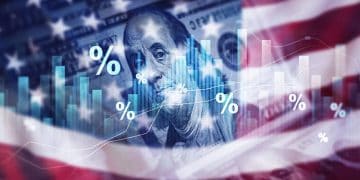Supply Chain Report – 10/06/2025
Former U.S. President Donald Trump has renewed his pitch for stimulus payments to Americans, this time suggesting that the checks could be funded directly through tariff revenues collected by the federal government. The idea, which Trump described as a possible “dividend to the people,” has resurfaced in recent interviews as tariffs continue to generate large sums of money for the Treasury.
Proposal for Tariff-Funded Payments
In a television interview with One America News, Trump stated that his administration or a future White House under his leadership could use tariff revenues for both debt repayment and direct relief to households. The proposed payments would range between $1,000 and $2,000 per person.
“We’re going to do something, we’re looking at something,” Trump said. “No. 1, we’re paying down debt, because people have allowed the debt to go crazy. We’ll pay back debt, but we also might make a distribution to the people, almost like a dividend to the people of America.”
This framing aligns with Trump’s broader argument that tariffs should not only protect domestic industries but also serve as a source of public benefit. By redirecting revenue to households, Trump positions the policy as both an economic safeguard and a form of direct compensation for higher costs that tariffs may impose on consumers.
Tariffs as a Source of Revenue
Tariffs have long been a centerpiece of Trump’s economic policy platform. According to projections, tariffs could generate more than $400 billion annually for the U.S. government. Data from earlier this year shows that, as of June, the government had already collected over $100 billion in customs duties since Trump took office, with more than $81 billion of that total coming from new tariffs imposed since January 20.
The Congressional Budget Office (CBO) released estimates in August indicating that tariffs could reduce federal deficits by a combined $4 trillion over the next decade, a significant increase compared to projections made just a few months earlier. Analysts, however, caution that tariff collections often lag behind official announcements. Additionally, new tariffs are still being implemented, and the program faces legal uncertainty. A pending Supreme Court case could challenge the legality and scope of the tariff measures, potentially reshaping the amount of revenue available.
Stimulus Checks and Historical Precedent
The concept of sending checks directly to households is not new. Trump frequently points to his administration’s decision to approve direct relief payments during the early months of the COVID-19 pandemic. At the time, government-issued checks became a central tool in providing economic stability, and they proved politically popular among many Americans.
In July, Trump again raised the possibility of using tariff revenues to fund rebate-style payments, comparing them to a corporate dividend. He even floated, alongside Elon Musk, the idea of issuing $5,000 checks tied to what they described as “savings” from tariffs and economic adjustments. While the idea never became official policy, it highlighted Trump’s continued interest in framing tariffs as a tool for redistributing government income.
Economists note that such payments could offset some of the higher costs consumers face due to tariffs, since duties on imports often lead to increased retail prices. However, critics warn that distributing funds in this way could also drive inflation higher, echoing concerns raised after earlier rounds of pandemic stimulus. Rising consumer demand fueled by government checks, paired with supply chain disruptions, was seen by many as contributing to price increases across sectors.
Political and Economic Implications
The proposal reflects Trump’s broader narrative of tariffs not just as a trade policy tool but also as a domestic funding mechanism. Supporters argue that if tariffs are already raising government revenue, redirecting some of it to citizens makes the policy more directly beneficial to households. Critics, however, remain cautious, pointing to inflationary risks, potential trade repercussions, and the uncertain durability of tariff revenues.
Beyond economic debates, the political resonance of stimulus checks remains significant. Trump has repeatedly highlighted his role in distributing relief during the pandemic, contrasting that with subsequent administrations. Former President Joe Biden previously expressed regret that his name was not included on checks issued during his term, underscoring how the symbolism of direct government payments can matter as much as the financial impact.
Trump’s suggestion also comes at a time when tariffs are increasingly central to U.S. economic discussions. With trade measures impacting industries ranging from technology to agriculture, and with revenue projections drawing attention from both policymakers and courts, the question of how to use tariff income is likely to remain a hotly debated issue in the coming months.
Outlook
While Trump’s plan to provide $1,000 to $2,000 checks from tariff revenues has not yet advanced into a formal proposal, it signals an ongoing willingness to leverage trade policy for direct domestic benefit. Whether such a measure could be enacted depends on several factors, including tariff collection trends, legal rulings, congressional negotiations, and economic conditions such as inflation and debt levels.
For now, the idea remains a high-profile talking point that underscores Trump’s approach to tariffs as both a political and financial instrument. As debates continue, the potential for Americans to receive tariff-funded payments will likely remain part of broader discussions about trade, fiscal responsibility, and consumer relief.
#SupplyChainNews #EconomicPolicy #TariffUpdate #USPolitics #NewsUpdate

















